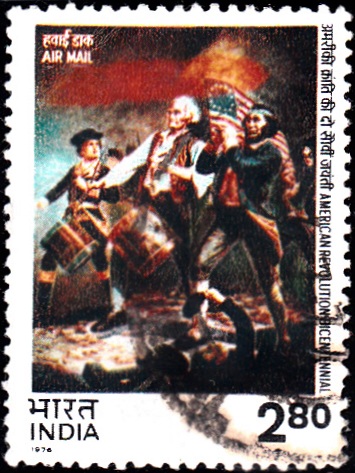
India on American Revolution 1976
A commemorative postage stamp on the 200th Anniversary of the American Revolution (United States Bicentennial), a colonial revolt by American Patriots from the Thirteen Colonies won independence from Great Britain, becoming United States of America :

Issued by India
Issued on May 29, 1976
Issued for : The Posts and Telegraphs Department is happy to issue a special stamp commemorating the event.
Design : The stamp carries a reproduction of the famous painting, “Spirit of 1776” by Archibald M. Willard. This painting, which symbolizes the spirit of America‘s war of independence, now hangs in the Town Hall of Marblehead, Massachusetts.
Type : Stamp, Postal Used
Colour : Multicolour
Denomination : 280 Paise
Overall Size : 3.91 X 2.90 cms.
Printing Size : 3.56 X 2.54 cms.
Perforation : 13 x 13
Watermark : Printed on unwatermarked adhesive stamp paper
Number Printed : 30,00,000
Number per issue sheet : 35
Printing Process : Photogravure
Designed and Printed at : India Security Press
About :
- July 4 is observed each year in the United States as Independence Day. On that date in 1776 the American colonies declared the break with Britain. This year the July 4 observances have special significance because they mark the 200th anniversary of that declaration, whose authors – in ringing words – proclaimed:
“We hold these truths to be self-evident, that all men are created equal; that they are endowed by their Creator with certain inalienable rights; that among these are life, liberty and the pursuit of happiness….“. - Although others contributed, the language of the document was largely the work of 33 year old Thomas Jefferson delegate from the colony of Virginia. Jefferson‘s phrases stirred his countrymen and many others in the western world, some of whom feared that these revolutionary ideas would also inspire opposition among the subjects of Europe‘s monarchies.
- In time this came true, and often the words of the American Declaration of Independence were invoked by those who waged 19th century political battles against the crowned heads of Europe. And as the nationalist and freedom movements spread in the 20th century to much of the rest of the world, not least to India, the powerful ideas of the Declaration came to inspire and to justify many struggles to bring an end to foreign rule.
- As Prime Minister Indira Gandhi declared in a interview:
“We are … deeply stirred by the American Declaration of Independence with its assertion of the equality of men. The inspiring words of (America’s) Founding Fathers were a source of strength to our leaders“ (during India‘s freedom struggle). - The men and women who settled the British colonies in North America found the new life challenging, hopeful, and satisfying, and a kind of American nationalism slowly emerged in response to real and fancied grievances felt by the colonists against aspects of British rule, which tightened as the restive colonies began to challenge the King’s governors and, among other things, Parliamentary “taxation without representation”.
- In September, 1774 the First Continental Congress met in Philadelphia to protest British trade and tax policies toward the colonies, and to draft a declaration of rights to be presented to the King. By the time the Second Congress assembled in May, 1775 the Battles of Lexington and Concord had been fought between American militia and British soldiers. The Congress named George Washington as Commander-in-Chief of the Continental Army. In August, King George III declared the colonies in open rebellion and ordered military action against them. On July 4, 1776 the Declaration of Independence proclaimed the final break with Britain and marked the formal start of America‘s six-year Revolutionary War.
- In October, 1781 the British Commander-in-Chief, Lord Cornwallis was cornered at Yorktown in Virginia and forced to surrender. When news of the Yorktown defeat reached Britain, the House of Commons voted to end the war. Peace negotiations began in April, 1782 and in the following year the British recognised the independence of the new American republic.


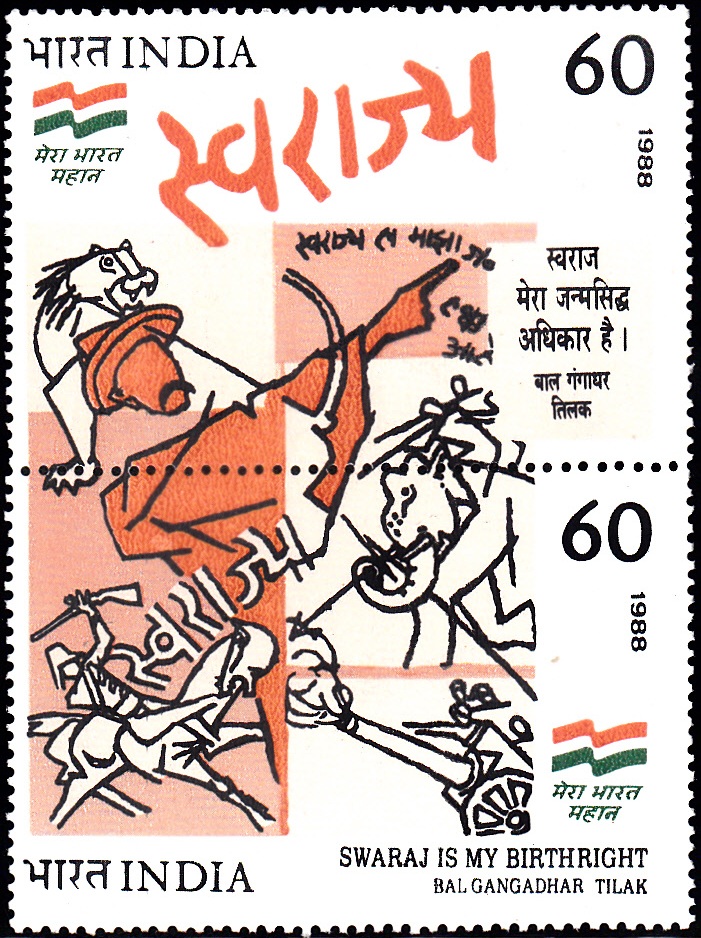
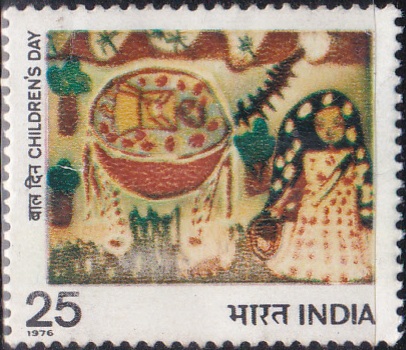
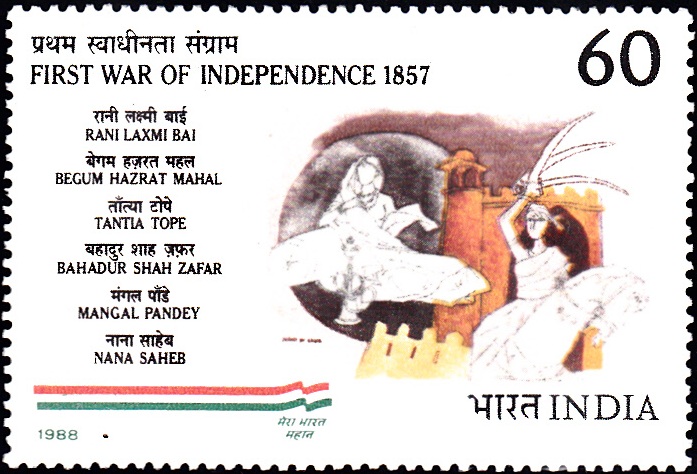
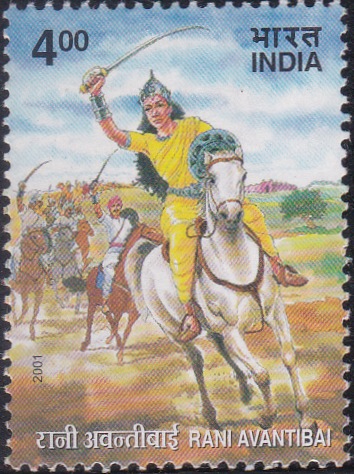
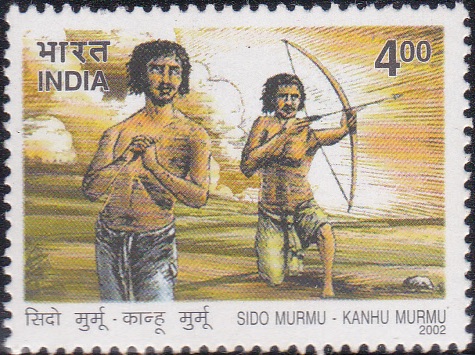
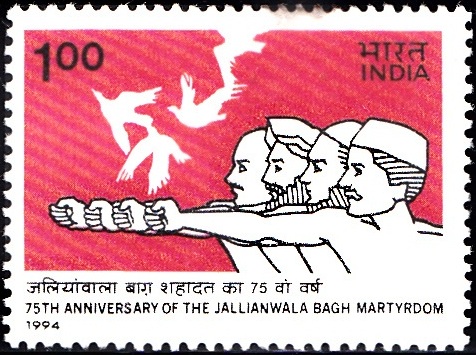
[…] and the United States began their relationship as deadly enemies. During the American Revolution, Britain’s General Burgoyne swept down from Quebec with an army intent upon splitting the 13 […]
[…] made an exhaustive study of history, economics and politics. Works on the French Revolution, the American Revolution and the Italian Revolution were studied by him with passion. His imagination was thus fired with a […]